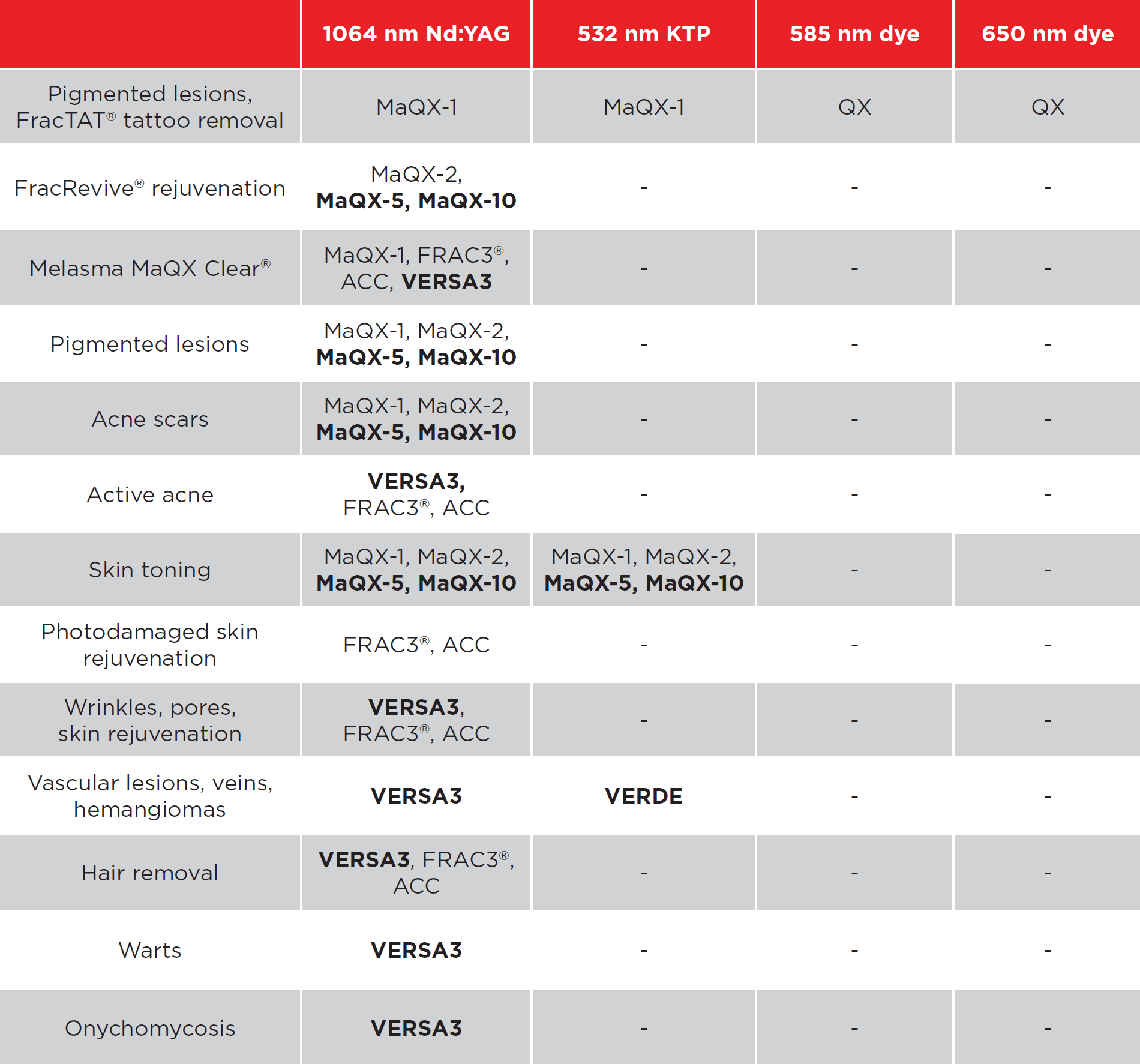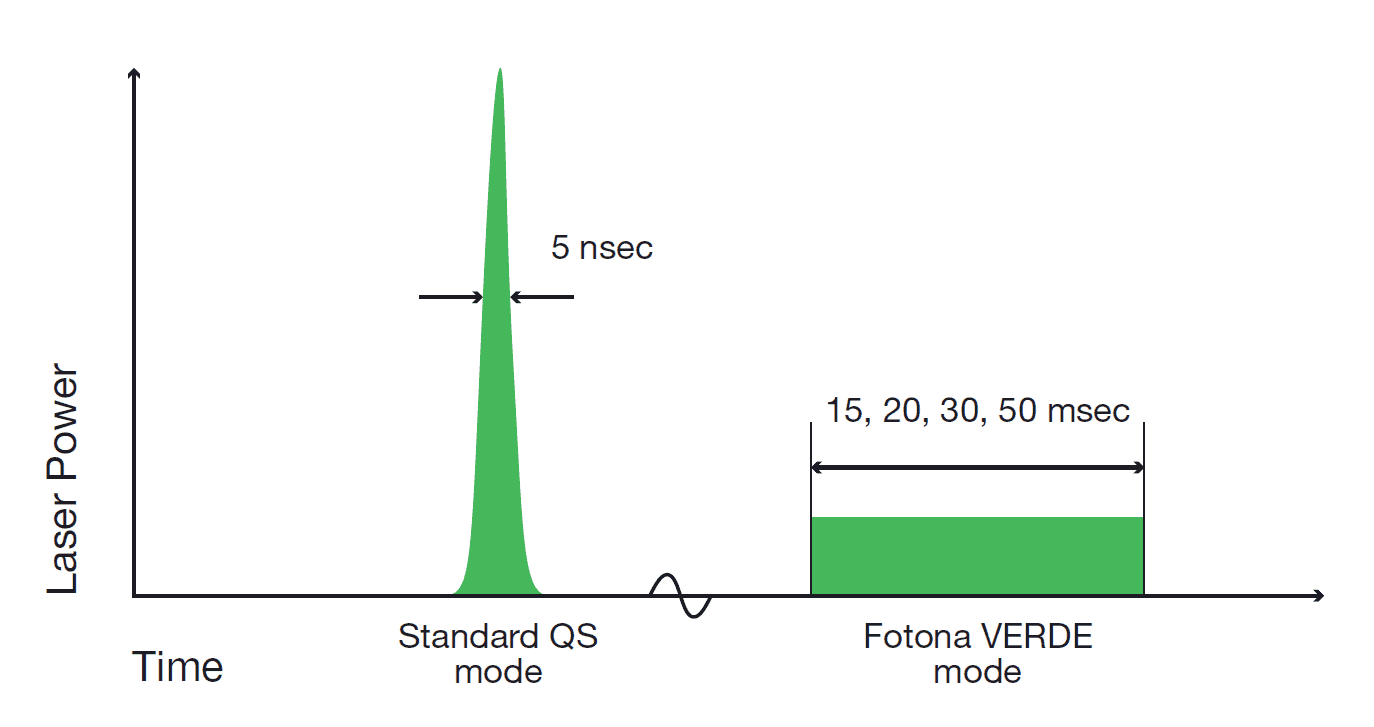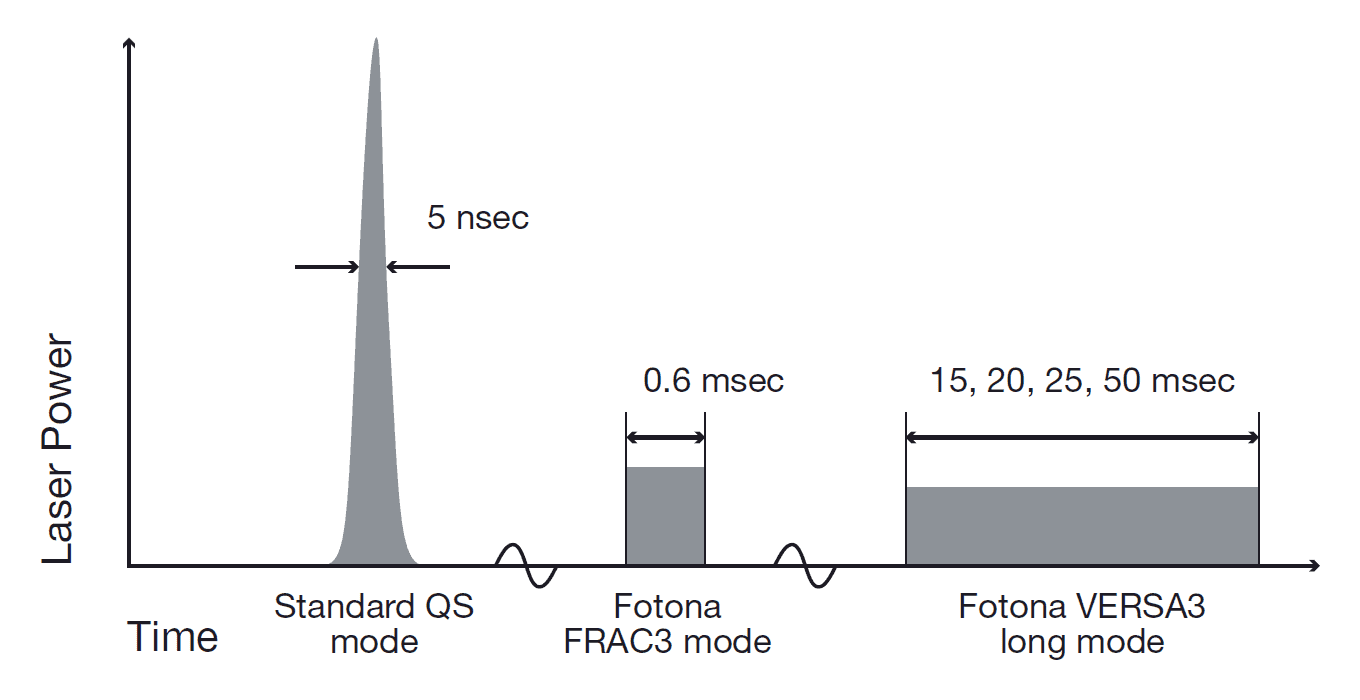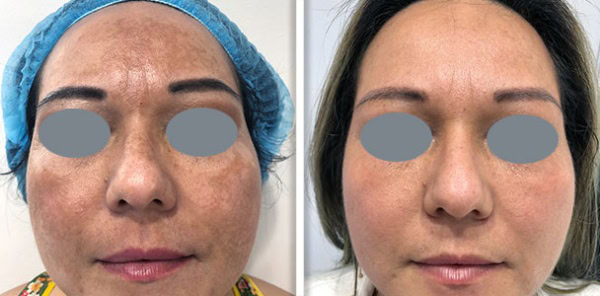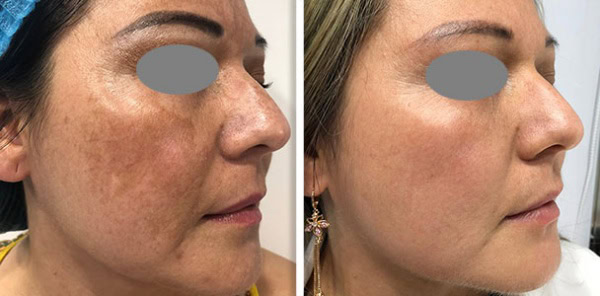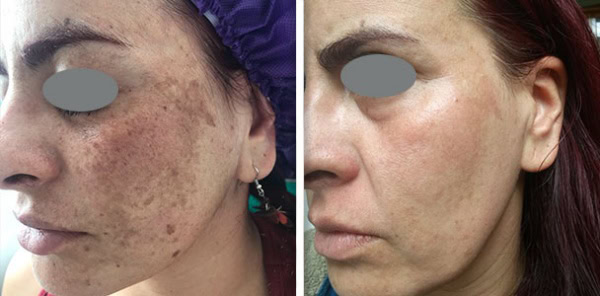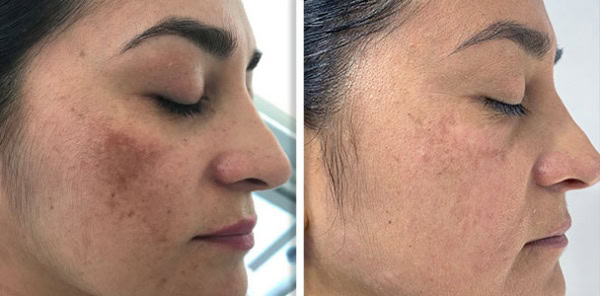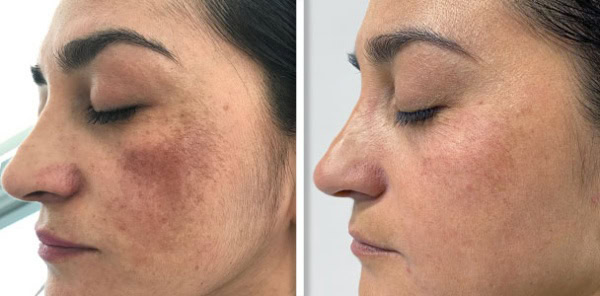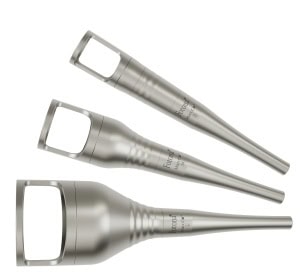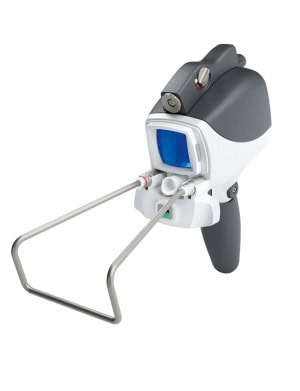Local anesthesia is used in dental treatment by making it possible to treat patients without pain. The length of numbness greatly depends upon the anesthetic agent, injection method, and personal patient characteristics. Knowing these variables allows patients to prepare for their post-treatment experience and have realistic expectations regarding recovery time.
Anesthetic Agents and Their Duration Profiles
Dental clinicians choose among a number of anesthetic preparations, each with unique characteristics: Lidocaine (2% with epinephrine 1:100,000) is still the standard anesthetic, offering good pulpal anesthesia for 60 minutes and soft tissue anesthesia for 3-5 hours. Its quick onset (2-3 minutes) makes it suitable for most routine procedures. The inclusion of epinephrine extends the duration of action by minimizing systemic absorption by vasoconstriction. Articaine (4% with epinephrine 1:100,000) has become the preferred drug for procedures involving bone penetration because of its distinctive molecular shape.
Clinical experience proves its longer duration of efficacy in mandibular block compared to lidocaine, with numbness of soft tissues lasting 4-6 hours. Its longer duration renders it highly useful for surgical procedures. Bupivacaine (0.5% with epinephrine 1:200,000) offers the longest action among the most widely used dental anesthetics. Its slow onset (15-20 minutes) but long effect (6-8 hours of pulpal anesthesia, as long as 12 hours of soft tissue numbness) is appropriate for long surgical procedures. The postoperative prolongation of pain relief decreases the immediate need for analgesics.
Factors Affecting Anesthetic Duration
Several physiological and technical variables govern individual anesthetic duration:
- Vascularity of the injection site has a major influence on the persistence of the anesthetic. Highly vascular sites, such as the maxillary anterior area, exhibit more rapid anesthetic clearance than denser mandibular bone locations.
- Effective injection technique that places anesthetic close to nerve trunks instead of diffuse infiltration improves the duration and quality of anesthesia.
- Patient characteristics, including age, weight, and metabolic rate, influence drug pharmacokinetics. Children typically experience shorter anesthetic effects due to higher metabolic clearance.
- Hepatic function critically impacts duration since most amide-type local anesthetics undergo hepatic metabolism. Patients with impaired liver function may experience prolonged effects.
- Inflammation, when present, shifts tissue pH, diminishing the amount of unionized drug available for nerve penetration. This accounts for the clinical problem of establishing effective anesthesia in infected tissue.
Certain clinicians use bicarbonate-containing anesthetic solutions in such situations to enhance effectiveness.
Clinical Implications and Patient Management
Knowledge of anesthetic duration has significant practical implications:
- For routine restorative care, the 2-3 hour window of soft tissue anesthesia provides comfortable treatment and initial recovery. Patients must be warned against eating until sensation returns to prevent accidental trauma. Hot drinks must be avoided because temperature sensation is impaired.
- Surgical interventions are facilitated by longer-acting anesthetics such as bupivacaine. The prolonged postoperative numbness offers natural pain relief during the early healing process. Nevertheless, patients need explicit instructions regarding delayed sensation return and proper precautions.
- Infrequent instances of prolonged anesthesia (>8 hours) should raise suspicion of nerve damage and merit follow-up. Transient neuropraxia usually recovers within weeks, but a more serious injury might need a specialist referral. Recording of injection technique and anesthetic used aids in the management of complications.
Emerging Developments in Dental Anesthesia
Current developments seek to maximize anesthetic duration and safety. Liposomal bupivacaine products prolong pain relief to 72 hours postop, especially for more complicated oral surgery procedures. Computer-controlled delivery systems such as the Wand® offer accurate flow rates that can minimize injection discomfort while preserving effectiveness.
Phentolamine mesylate is still being researched as a reversal agent to decrease soft tissue anesthesia time when needed. This is especially helpful in pediatric patients or when bilateral procedures are required. Conclusion The duration of dental anesthesia varies between 1 and 12 hours based on agent choice and patient considerations. The procedure needs to be weighed with patient comfort for the selection of anesthetic techniques by practitioners. Educational preparation of the patient regarding anticipatory numbness duration averts anxiety and assures safe postop care.
References
- Malamed SF. Handbook of Local Anesthesia. 7th ed. St. Louis: Elsevier; 2020.
- Haas DA. An update on local anesthetics in dentistry. J Can Dent Assoc. 2002;68(9):546-551.
- Cowan A. Local anesthesia reversal – a review of current technology. Compend Contin Educ Dent. 2019;40(5):298-303.
FAQs:
Q: How long does numbness last after a filling?
A: Most people have numbness lasting 2-3 hours following routine fillings with typical anesthetics such as lidocaine or articaine. The duration varies on:
- Epinephrine use (prolongs duration)
- Site of injection (upper teeth dissipate quicker)
- Your metabolism.
Q: Why is dental anesthesia longer in lower teeth?
A: Lower teeth anesthesia generally lasts 1-2 hours longer than upper teeth because:
- Mandibular bone is more dense, hindering anesthetic absorption
- Inferior alveolar nerve blocks act on a larger nerve trunk
- Lower blood flow in mandibular regions than in the maxilla.
Q: Can I make dental numbness wear off faster?
A: Although you can’t significantly hasten the process, these might help a little:
- Gentle massage of the numb region (improves circulation)
- Warm (not hot) compresses
- Light physical activity
- Do not “test” the area with biting or poking.
Q: Is 5 hours of numbness normal after a tooth extraction?
A: Yes, 4-6 hours of numbness is normal after extractions, particularly when using:
- Articaine (longer lasting than lidocaine)
- Bupivacaine (can last 8+ hours)
- Surgical extractions that involve bone removal
Q: Why is my tongue still numb after 6 hours?
A: Tongue numbness that lasts longer than 6 hours can be due to:
- The lingual nerve is very sensitive
- More anesthetic doses were administered
- Slow metabolism in individuals
- Potential nerve irritation (rare)
Q: Does dental anesthesia last longer in children?
A: No, children usually have shorter duration (1-2 hours) because:
- More rapid metabolic rates
- Smaller nerve structures
- Lower doses are administered
- Less fat tissue to hold anesthetic.
Q: How can I eat safely with a numb mouth?
A: Continue these precautions until the feeling is fully back:
- Eat soft foods (yogurt, applesauce)
- Don’t chew on the numb side
- Don’t sip hot liquids (possibility of burns)
- Inspect for food particles visually (can’t feel them).
Q: Why does my lip stay numb longer than my teeth?
A: Soft tissues (lips, cheeks) tend to stay numb 1-2 hours longer than teeth because:
- Nerves recover sensation at varied rates
- Teeth have more than one nerve pathway
- Richer blood supply in soft tissue to remove anesthetic








